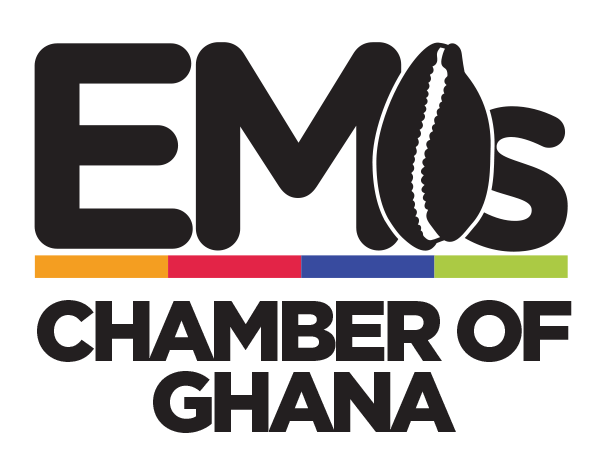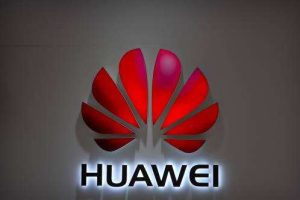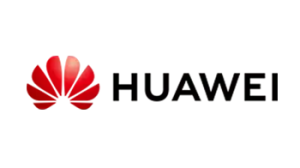Several mobile money providers (MMPs) now consider credit and savings as core use cases. According to the GSMA’s State of the Industry Report on Mobile Money 2024, “savings is now the second most popular adjacent financial service, with more MMPs offering savings products compared to 2022.” Between September 2022 and June 2023, the number of unique mobile money customers who saved money grew by 38%. The number of mobile money providers that offered savings sub-accounts had grown from 39% in 2022 to 44% in 2023. Providers’ ability to offer savings depends on whether regulations in a particular market support this – particularly paying out interest.
According to the World Bank’s Global Findex 2021, around 15% of adults in Sub-Saharan Africa, or 39% of all mobile money account owners in the region, saved using a mobile money account. While mobile money is being used to save money more than before, regulations in many countries do not permit MMPs to pay out interest earned on these balances. This has not necessarily deterred people from saving using mobile money; if anything, mobile money has entrenched a culture of savings in many markets. In Botswana, for example, mobile money is used to save money – despite no interest paid – due to the low density of banks countrywide.
Regulatory approaches to interest on trust accounts
The GSMA has published a new report, Regulatory Approaches to Managing Interest on Mobile Money Trust Accounts, which outlines regulatory frameworks for paying out trust account interest. The report found that since 2018, more countries have permitted mobile money providers to earn interest on their mobile money trust accounts. At least 39 countries allowed this by 2021, albeit with certain restrictions – such as mandating that the interest be used for customers’ benefit. Around 15 countries also allowed interest to be earned, with no limitations on how the interest could be used or distributed.
Most regulations across the countries studied require non-bank MMPs to set aside an amount equivalent to the total mobile money issued. These funds have to be stored in a float account, known in some countries as a “trust account”. This regulation is necessary to safeguard mobile money customers’ funds, in case of a mobile money provider going bankrupt. Float accounts are typically held at fully regulated commercial banks. In some cases, float accounts can be held at a central bank. In the 10 countries studied in the report (Ghana, Jordan, Kenya, Mexico, Pakistan, Paraguay, Rwanda, Tanzania, Uganda and Zambia), float accounts typically earn interest.

Data from the GSMA Mobile Money Regulatory Index shows that many countries in the study had restricted how interest earned on trust accounts could be used or distributed. Fewer than 10% of regulatory frameworks considered by the Index bar MMPs from generating interest on trust account balances. Many regulators do not permit non-bank entities to pay interest in the same way as savings accounts – a bank licence is required for this. Mobile money providers in several markets have been affected by this, leading to a debate on whether interest should be earned from trust accounts (and subsequently used).
Benefits of interest-bearing accounts
Importantly, the study found that paying interest can have several benefits. For all mobile money users, interest payments can offer a passive income – this can be particularly beneficial for low-income users. Beyond encouraging people to save money, interest-bearing accounts can be used to create stickiness and reduce customer churn for the providers. By paying out interest, providers can enhance trust among customers – both in their services and in the wider financial services ecosystem. In turn, this could prompt customers to take advantage of other financial use cases on offer.

MVola, an MMP in Madagascar, exemplifies how interest-bearing savings accounts can create stickiness. MVola offers a savings sub-account within its mobile money wallet, which is free for customers to transfer money into. Customers can earn an annual interest rate of 4% over a one-year period, which is calculated daily and paid every quarter. In December 2023, MVola raised the interest rate from 2% to 4%. This led to an increase in savings account balances in excess of 25%, driven by double-digit growth in unique customers transferring money to the savings sub-account. The ripple effect was felt six months later, with active mobile money users growing faster than registered accounts.
To learn more about mobile money-enabled savings, register here for the launch of the GSMA State of the Industry Report on Mobile Money 2025.
By: Rishi Raithatha
Director, Data & Insights, Mobile Money
Source: www.gsma.com
Note: The cover picture was sourced from www.gsma.com.





